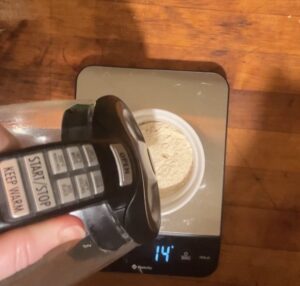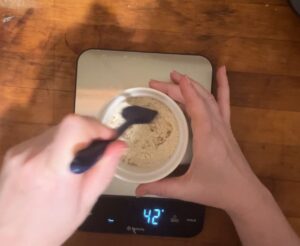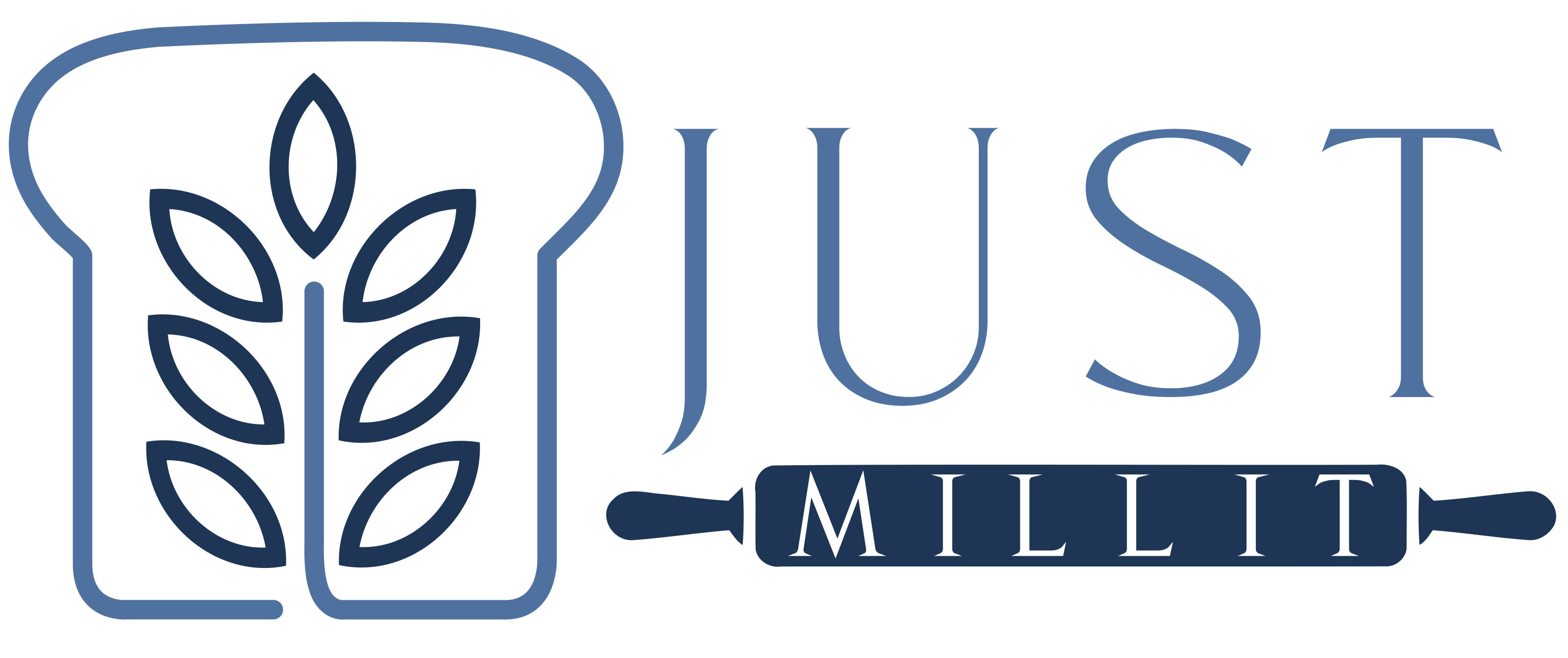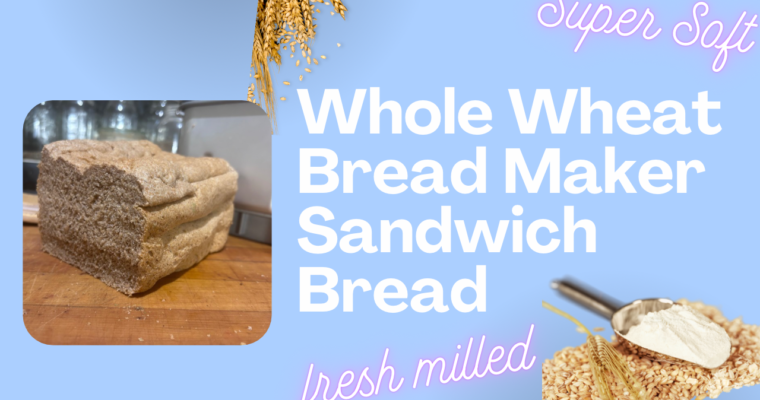Yudane: Elevating Your Bread with Ancient Technique
In both Chinese and Japanese culinary traditions, the Yudane method, also known as Tangzhong in Chinese, has been celebrated for centuries under the moniker of “water roux.” This technique involves combining flour with boiling water in a 1:1 or 1:2 ratio to create a paste that enhances dough hydration and texture.
For this guide, we favor a 1:2 ratio of flour to boiling water. This ratio seamlessly incorporates into the dough, boosting moisture retention and achieving a naturally sweeter taste without additional sugar, making it perfect for various bread types.
Contrary to Tangzhong, which requires stove-top cooking and a higher water-to-flour ratio, Yudane skips the cooking process altogether. This simplicity not only saves time but also simplifies the bread-making process by eliminating the need for precise calculations and extra waiting time.
Yudane in Practice:
Yudane is renowned for its role in producing Shokupan, the beloved Japanese milk bread known for its soft and fluffy texture. Beyond Shokupan, experimenting with smaller Yudane proportions reveals its versatility in improving moisture retention and crumb structure across different bread styles.
Interestingly, the roots of Yudane stretch back to 19th-century America, where it was ingeniously used to cultivate “stock yeast.” This historical practice involved pouring boiling hops water over a mixture of hard spring wheat flour and barley malt, fostering fermentation over several days. This method not only enriched the yeast culture but also ensured distinct flavors and improved bread quality.
Considerations for Health:
It’s worth noting that Yudane-enriched bread may affect blood sugar levels more significantly, particularly for diabetics. For those sensitive to glycemic spikes, adjustments such as incorporating cracked, soaked grains or alternative sweeteners like Yakon syrup can mitigate these effects.
How to Use Yudane:
1. Start by boiling water either on the stove-top or in the microwave until it visibly bubbles.
2. Measure out the required amount of flour and pour the boiling water over it in a bowl.
3. Quickly mix the flour and water until a smooth paste forms.
4. Cover and refrigerate the Yudane paste for up to 5 days. Use it by adding 10% of its weight to the liquid in your bread recipe.
Yudane Alternatives:
If you prefer alternatives to Yudane, consider incorporating gelatinized starches from prepared oats, hot cereals, mashed potatoes, or pasta cooking water into your bread dough. These substitutes offer similar benefits in enhancing texture and moisture retention.
Try This Yudane Recipe:
Ingredients:
- 85 g grains, milled into fine flour
- 175 g boiling water
Yields: Enough for 4-5 loaves of bread
Directions:
- Place flour in a bowl on your scale and zero it out.

- Pour boiling water over the flour until the scale reads twice the flour weight.

- Mix quickly until a paste forms.

Experiment with Yudane in your bread recipes for consistently soft and flavorful results, reducing the need for additional ingredients to achieve superior texture.
Almost ALL our bread recipes use yudane because we prefer not to use additives in bread making when at all possible. Try some:



